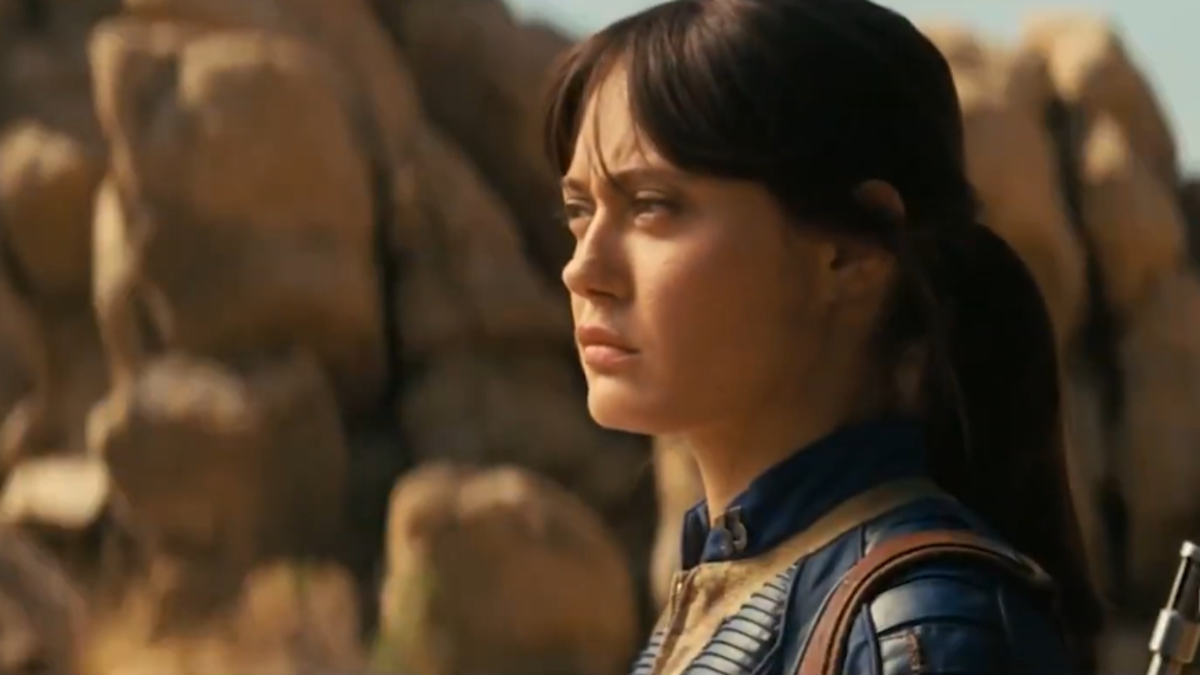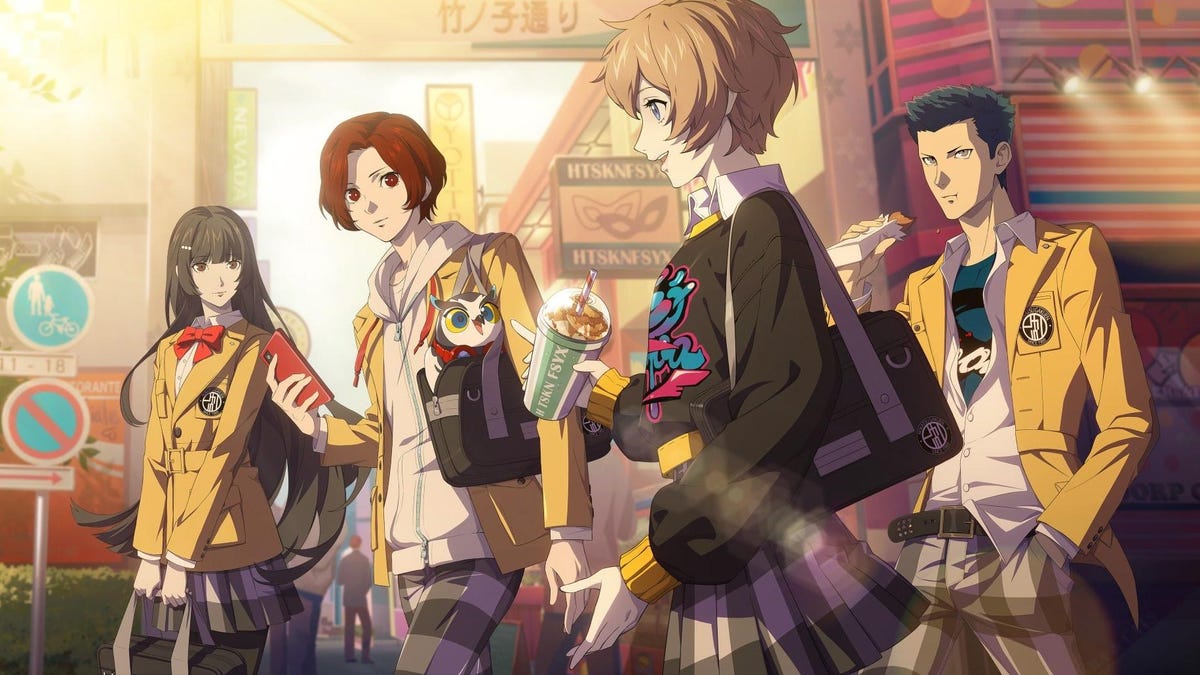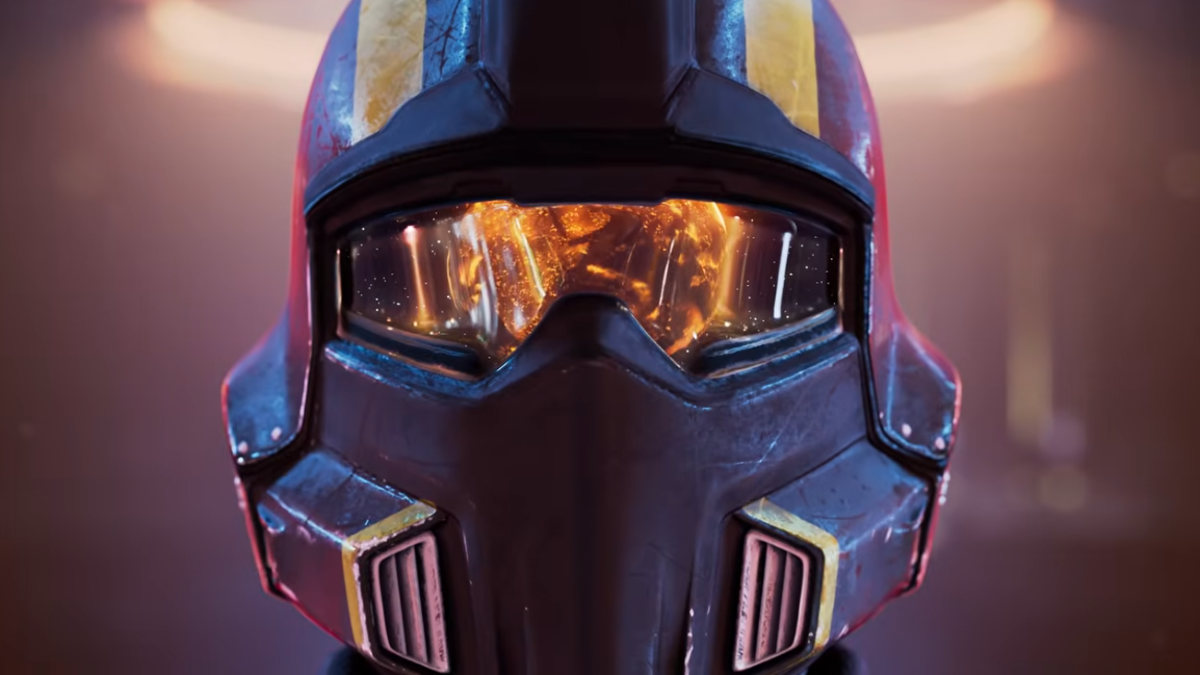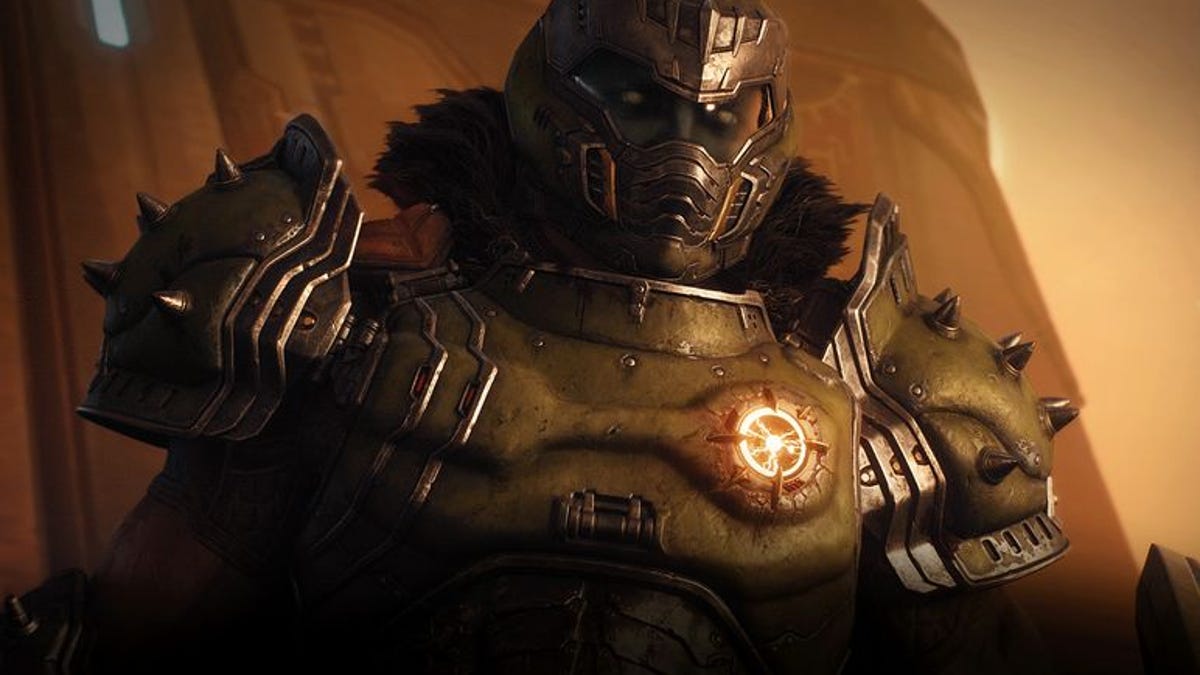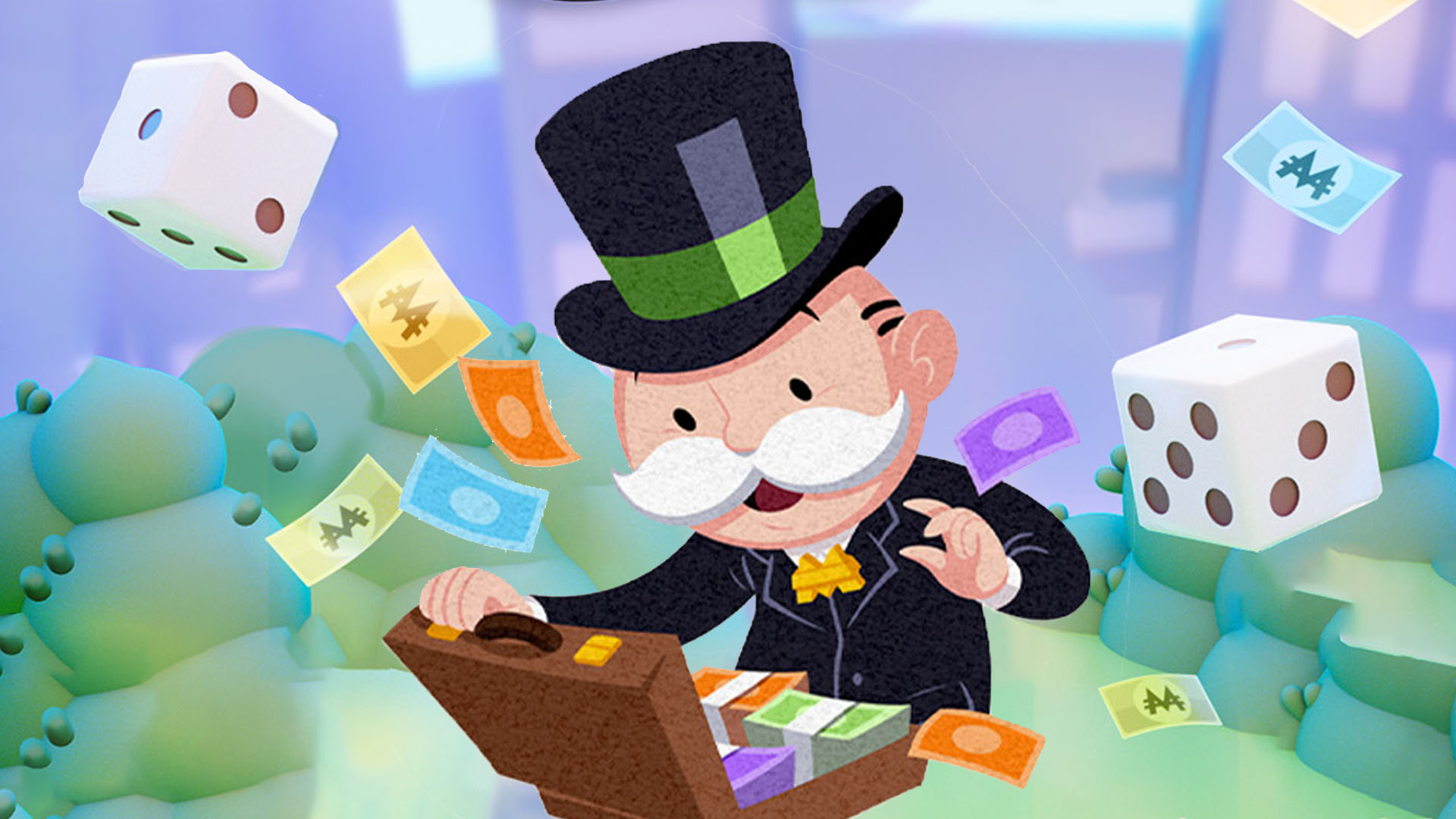Review: I Appreciate Labyrinth of the Demon King’s Aesthetic
Labyrinth of the Demon King is like happening upon a lost PlayStation cult classic. It’s a dive into the types of horrors and uncertainties that came from the fogs of early Silent Hill and the dungeons of FromSoftware’s King’s Field. In more ways than one, I’d say, as it also seems to pick up on the quirks that come from playing such titles. It’s like finding a lost artifact from a timeline that didn’t exist, where the person lucky enough to find it keeps going on so captivated by the design that the direction doesn’t always matter. Labyrinth of the Demon King stars a samurai who followed Lord Takeda Nobumitsu faithfully. So much so that even when the titular demon king betrayed the ruler and slaughtered everyone, this one warrior decided to dedicate the rest of his life to revenge in Nobumitsu’s name. However, getting to the boss isn’t so simple, as first the towers where his underlings remain must be ascended and bested. Only after taking on those burdens can the ashigaru face the demon king. https://www.youtube.com/watch?v=TGmF-nEsX58&ab_channel=TopHatStudios In terms of appearance and execution, Labyrinth of the Demon King feels like a mix of both Silent Hill and King’s Field. Color is sapped from the land, with shades of grey and sepia depicting every scene. Fog covers everything, making it appear otherworldly. While it absolutely draws from older titles and uses a minimalistic approach to character models, building designs, and textures used, it actually ends up looking absolutely appropriate and period-accurate in execution. Still screenshots don’t do it justice, as so much of the ambiance relies on the lens dirt filter, fog, and supplemental animations you might not even realize help set the stage. Even the 4:3 aspect ratio is preserved. This applies to enemies as well. When figures are at their most obscured, especially in cinematic segments, they’re most horrifying. The details are vague when you get close or examine them. It’s only when you account for all the filters and additional effects that these layer upon the design and invoke your imagination to enhance the potential horrors tied to them. Screenshots by Siliconera As mentioned earlier, Labyrinth of the Demon King truly pulls inspiration from the design of games like Silent Hill and King’s Field, and that applies to the lack of quality of life features. Things will automatically unequip without warning. Getting through menus, equipping items, and saving is cumbersome. Text can be difficult to read when engaging in conversations. While audio cues will come up for some segments, there will be certain types of opponents that you won’t realize are even around as a possible threat until they attack you. (I’m talking about you, foot-sized, creepy tube-centipede-worms with a head made entirely of a giant bitey mouth that appear out of nowhere and take a bit out of your health with no warning.) Actually parrying is pretty easy, as is dealing damage to foes. However, I did find sometimes and in some circumstances that I’d suddenly switch to a dodging side-step instead of a jump. Then there was the time when I went into the start menu, but moving left and right in it was also making my character move back and forth. While some decisions seem intentionally cumbersome, I do appreciate other ways in which Labyrinth of the Demon King stays true to older games. There’s no hand-holding. You’re left to figure things out on your own. (I didn’t find any of the puzzles too difficult.) Opponents can be quite challenging, with the bosses actually requiring a player to be fairly well-versed with the dodging and parrying system to survive situations. A stamina system is at play that limits the length of possible combos. Though I feel like the save point system should be abandoned in favor of save anywhere options for accessibility sake, the return to form here and search for shrines to pray at feel quite appropriate. Screenshots by Siliconera There are times when I wish the Labyrinth of the Demon King gameplay might be a little more responsive or certain elements a little less fiddly, but the aesthetic and graphics are always on-point. It is fantastic about establishing ambiance. So even when I didn’t feel completely captivated by other elements, I felt compelled to keep playing to see what new areas and enemies might look like. One thing is for certain, and that is this game is a love letter to the fifth console generation. Labyrinth of the Demon King is available on the Switch, PS4, PS5, Xbox Series X, and PC. The post Review: I Appreciate Labyrinth of the Demon King’s Aesthetic appeared first on Siliconera.
![]()
Labyrinth of the Demon King is like happening upon a lost PlayStation cult classic. It’s a dive into the types of horrors and uncertainties that came from the fogs of early Silent Hill and the dungeons of FromSoftware’s King’s Field. In more ways than one, I’d say, as it also seems to pick up on the quirks that come from playing such titles. It’s like finding a lost artifact from a timeline that didn’t exist, where the person lucky enough to find it keeps going on so captivated by the design that the direction doesn’t always matter.
Labyrinth of the Demon King stars a samurai who followed Lord Takeda Nobumitsu faithfully. So much so that even when the titular demon king betrayed the ruler and slaughtered everyone, this one warrior decided to dedicate the rest of his life to revenge in Nobumitsu’s name. However, getting to the boss isn’t so simple, as first the towers where his underlings remain must be ascended and bested. Only after taking on those burdens can the ashigaru face the demon king.
In terms of appearance and execution, Labyrinth of the Demon King feels like a mix of both Silent Hill and King’s Field. Color is sapped from the land, with shades of grey and sepia depicting every scene. Fog covers everything, making it appear otherworldly. While it absolutely draws from older titles and uses a minimalistic approach to character models, building designs, and textures used, it actually ends up looking absolutely appropriate and period-accurate in execution. Still screenshots don’t do it justice, as so much of the ambiance relies on the lens dirt filter, fog, and supplemental animations you might not even realize help set the stage. Even the 4:3 aspect ratio is preserved.
This applies to enemies as well. When figures are at their most obscured, especially in cinematic segments, they’re most horrifying. The details are vague when you get close or examine them. It’s only when you account for all the filters and additional effects that these layer upon the design and invoke your imagination to enhance the potential horrors tied to them.



As mentioned earlier, Labyrinth of the Demon King truly pulls inspiration from the design of games like Silent Hill and King’s Field, and that applies to the lack of quality of life features. Things will automatically unequip without warning. Getting through menus, equipping items, and saving is cumbersome. Text can be difficult to read when engaging in conversations. While audio cues will come up for some segments, there will be certain types of opponents that you won’t realize are even around as a possible threat until they attack you. (I’m talking about you, foot-sized, creepy tube-centipede-worms with a head made entirely of a giant bitey mouth that appear out of nowhere and take a bit out of your health with no warning.) Actually parrying is pretty easy, as is dealing damage to foes. However, I did find sometimes and in some circumstances that I’d suddenly switch to a dodging side-step instead of a jump. Then there was the time when I went into the start menu, but moving left and right in it was also making my character move back and forth.
While some decisions seem intentionally cumbersome, I do appreciate other ways in which Labyrinth of the Demon King stays true to older games. There’s no hand-holding. You’re left to figure things out on your own. (I didn’t find any of the puzzles too difficult.) Opponents can be quite challenging, with the bosses actually requiring a player to be fairly well-versed with the dodging and parrying system to survive situations. A stamina system is at play that limits the length of possible combos. Though I feel like the save point system should be abandoned in favor of save anywhere options for accessibility sake, the return to form here and search for shrines to pray at feel quite appropriate.



There are times when I wish the Labyrinth of the Demon King gameplay might be a little more responsive or certain elements a little less fiddly, but the aesthetic and graphics are always on-point. It is fantastic about establishing ambiance. So even when I didn’t feel completely captivated by other elements, I felt compelled to keep playing to see what new areas and enemies might look like. One thing is for certain, and that is this game is a love letter to the fifth console generation.
Labyrinth of the Demon King is available on the Switch, PS4, PS5, Xbox Series X, and PC.
The post Review: I Appreciate Labyrinth of the Demon King’s Aesthetic appeared first on Siliconera.


_ElenaBs_Alamy.jpg?width=1280&auto=webp&quality=80&disable=upscale#)
















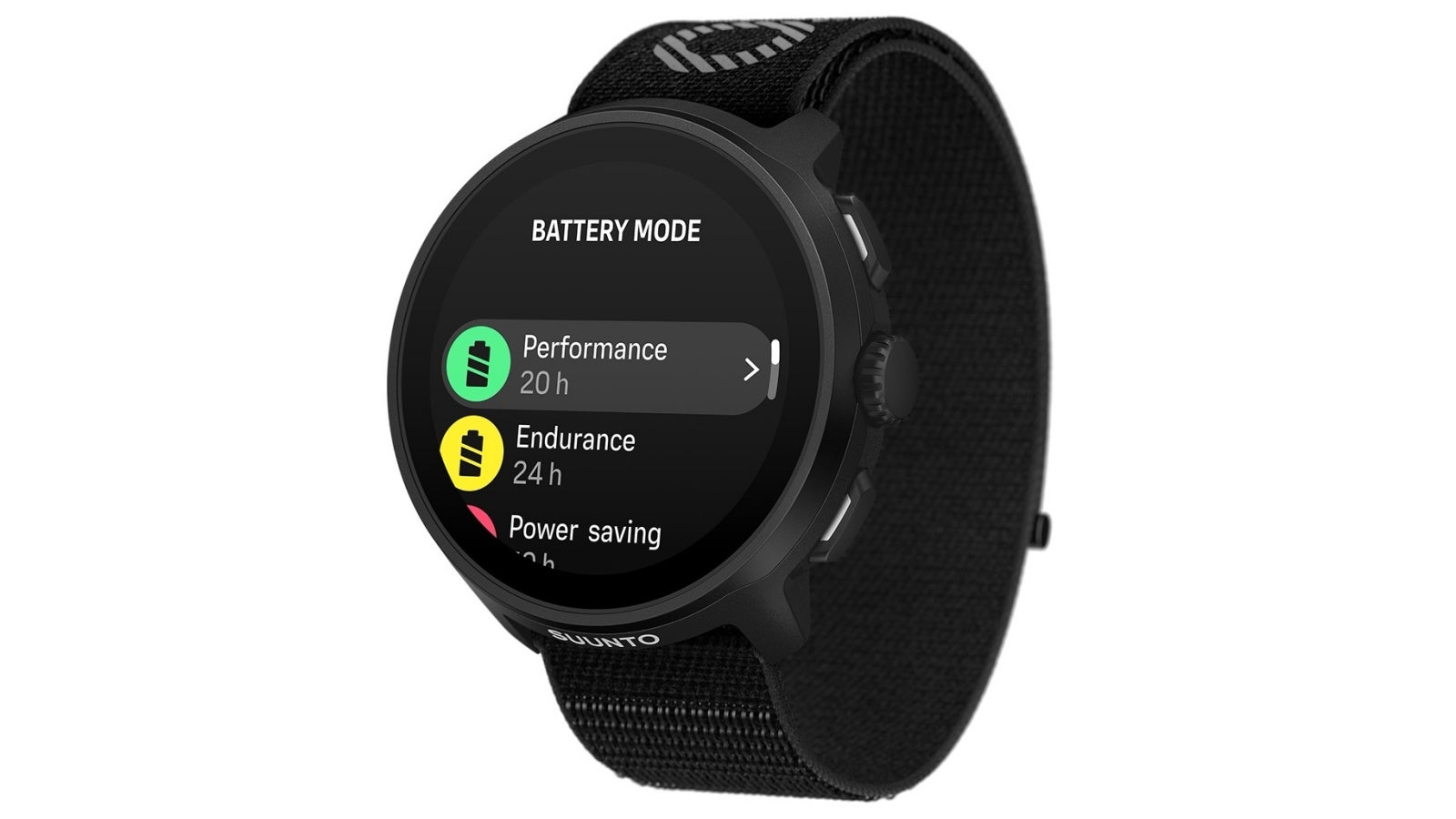
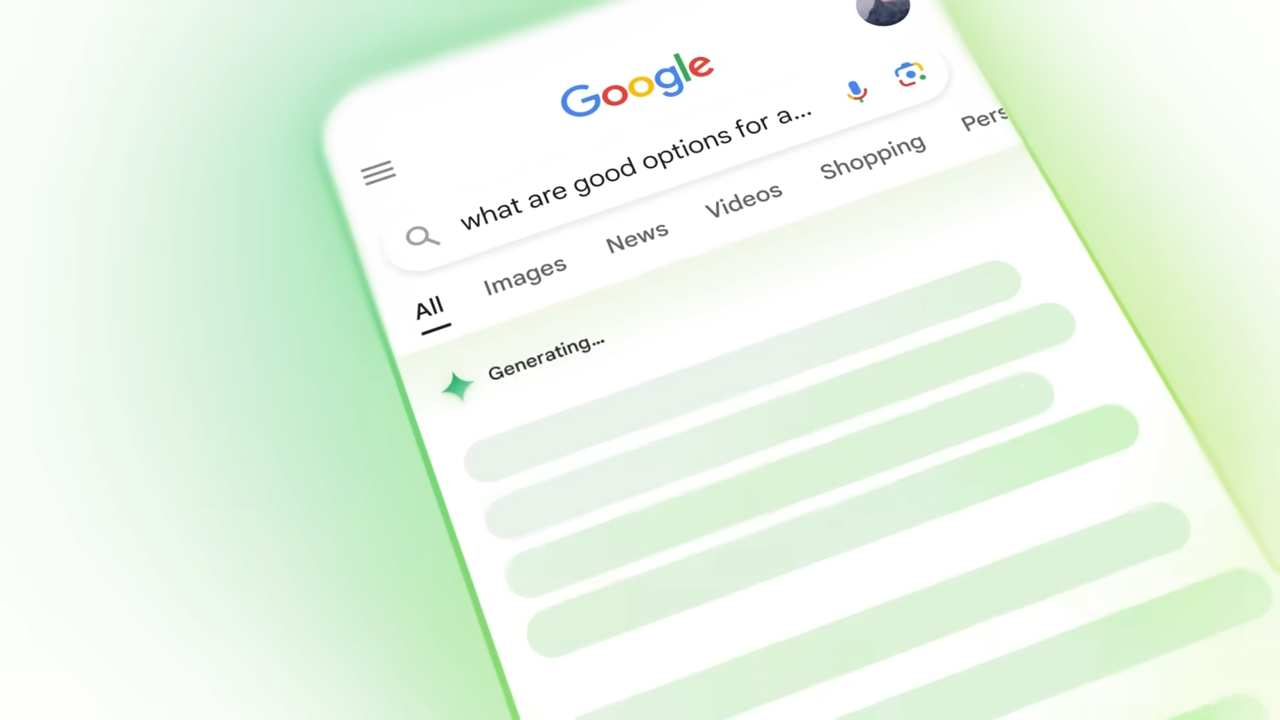
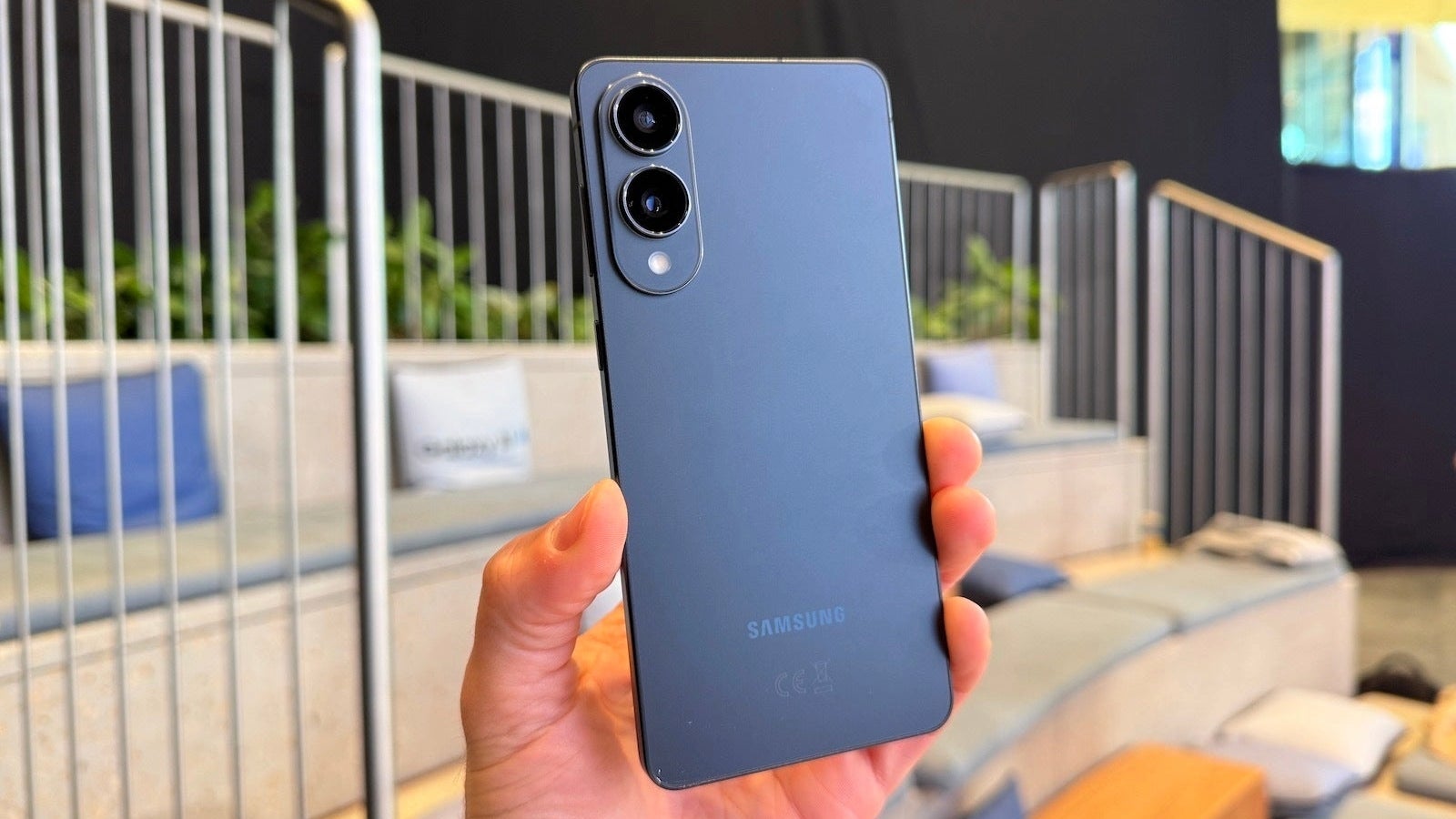
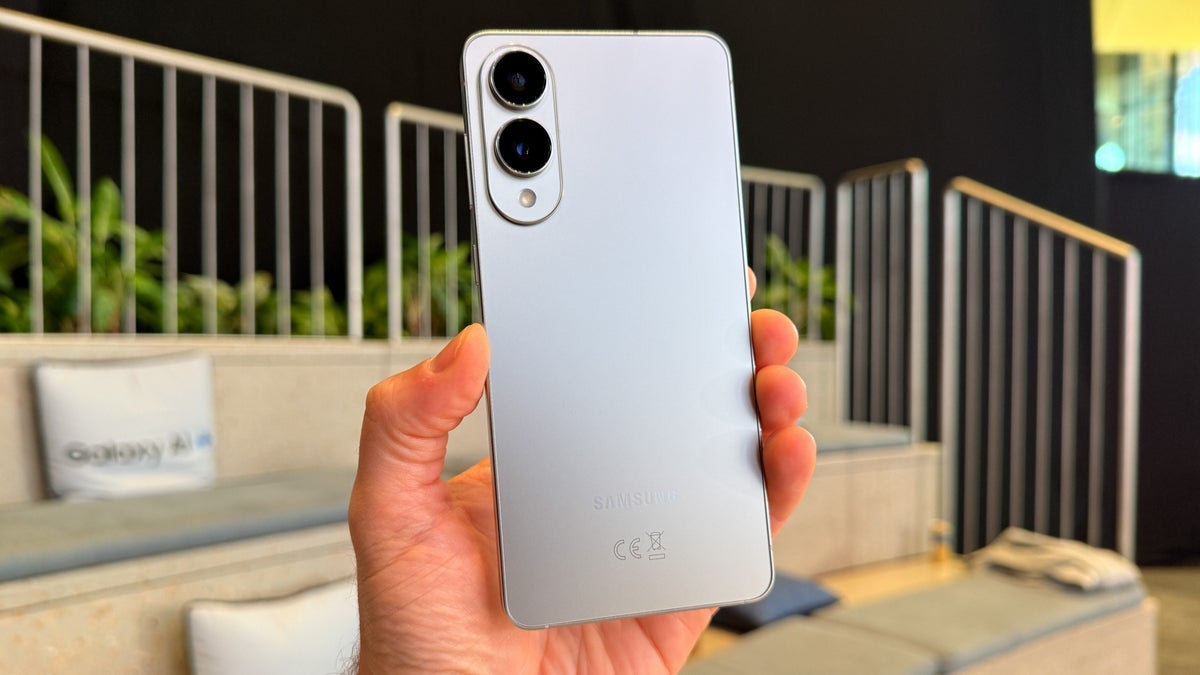




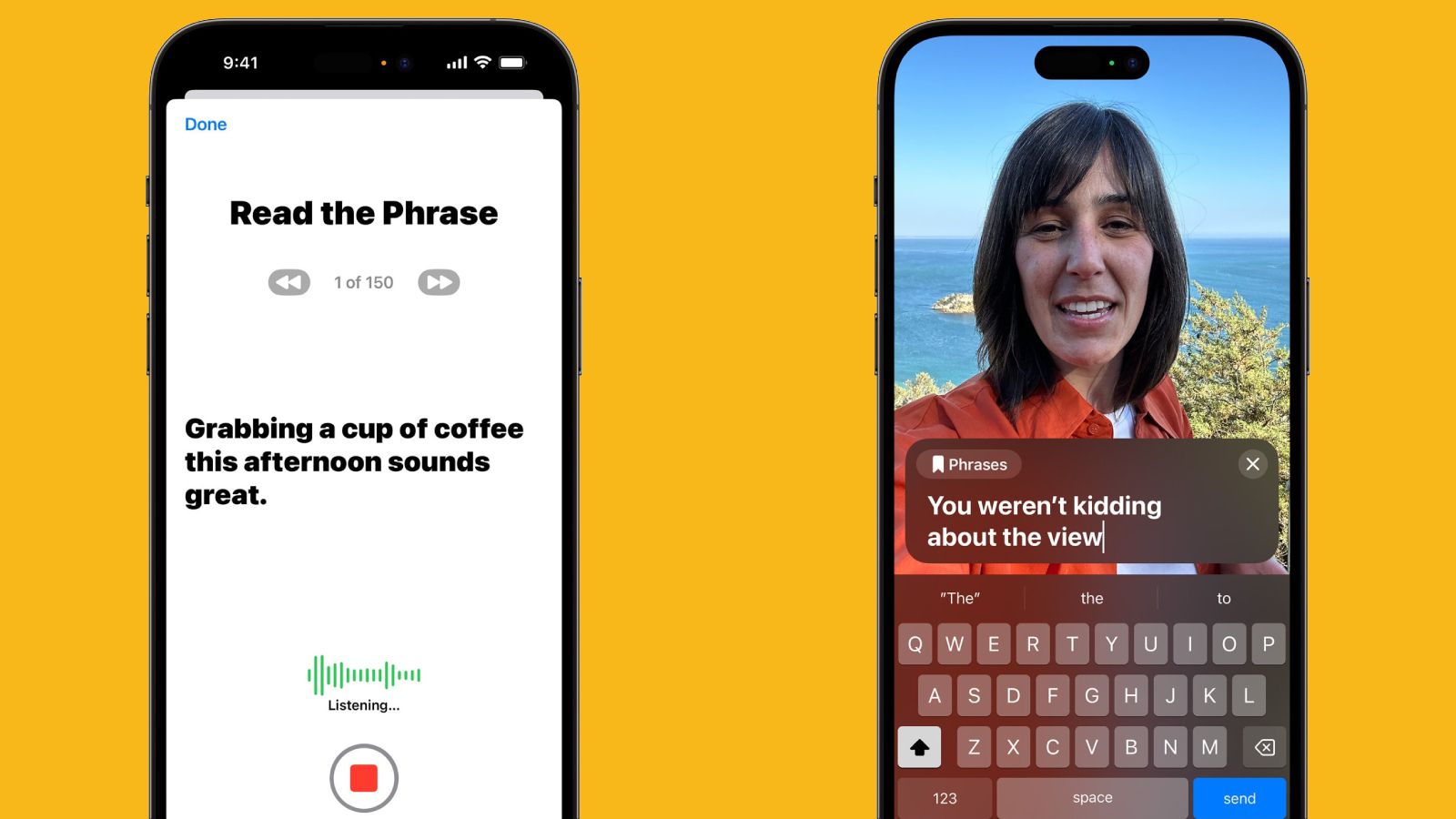




























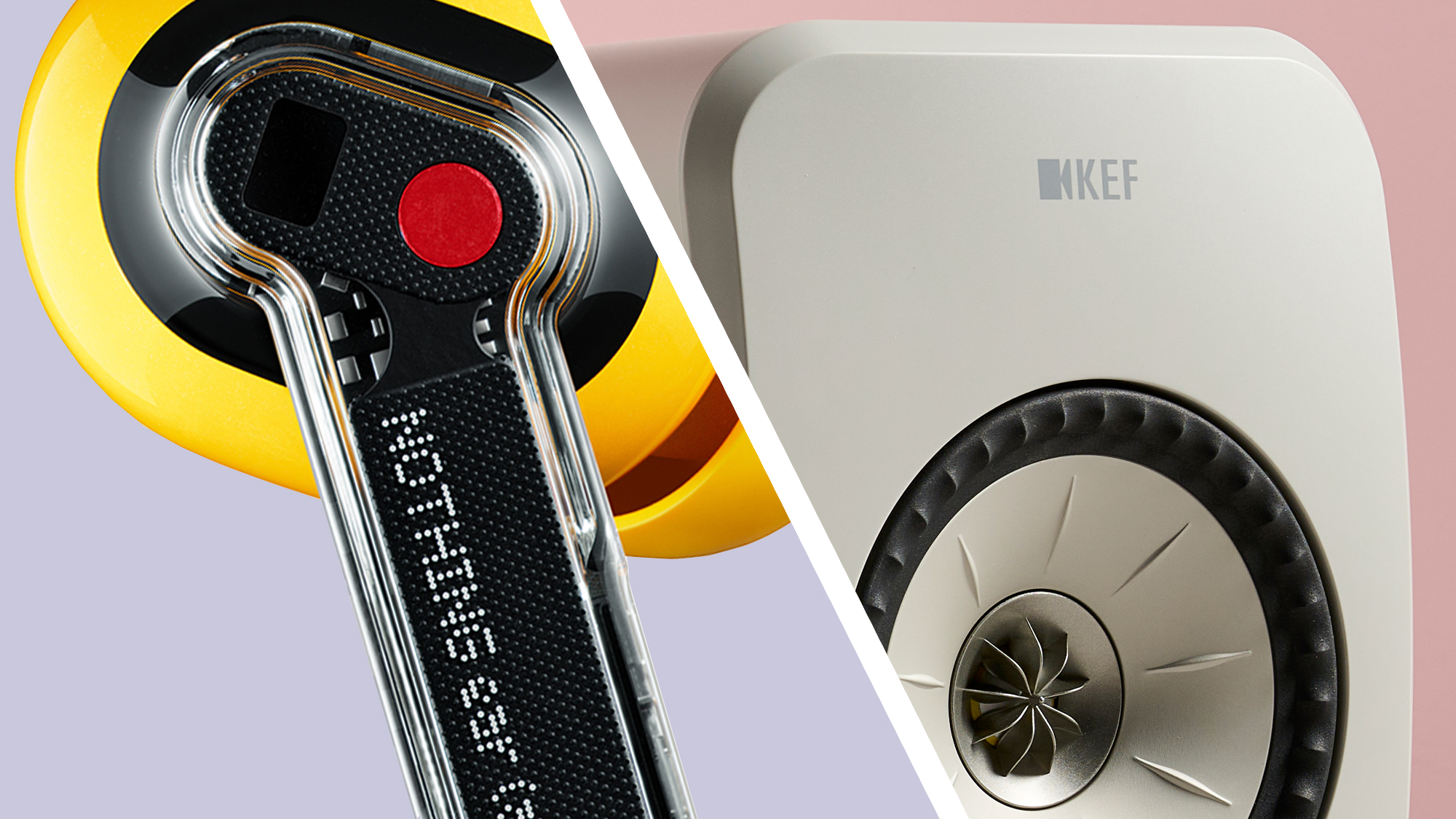


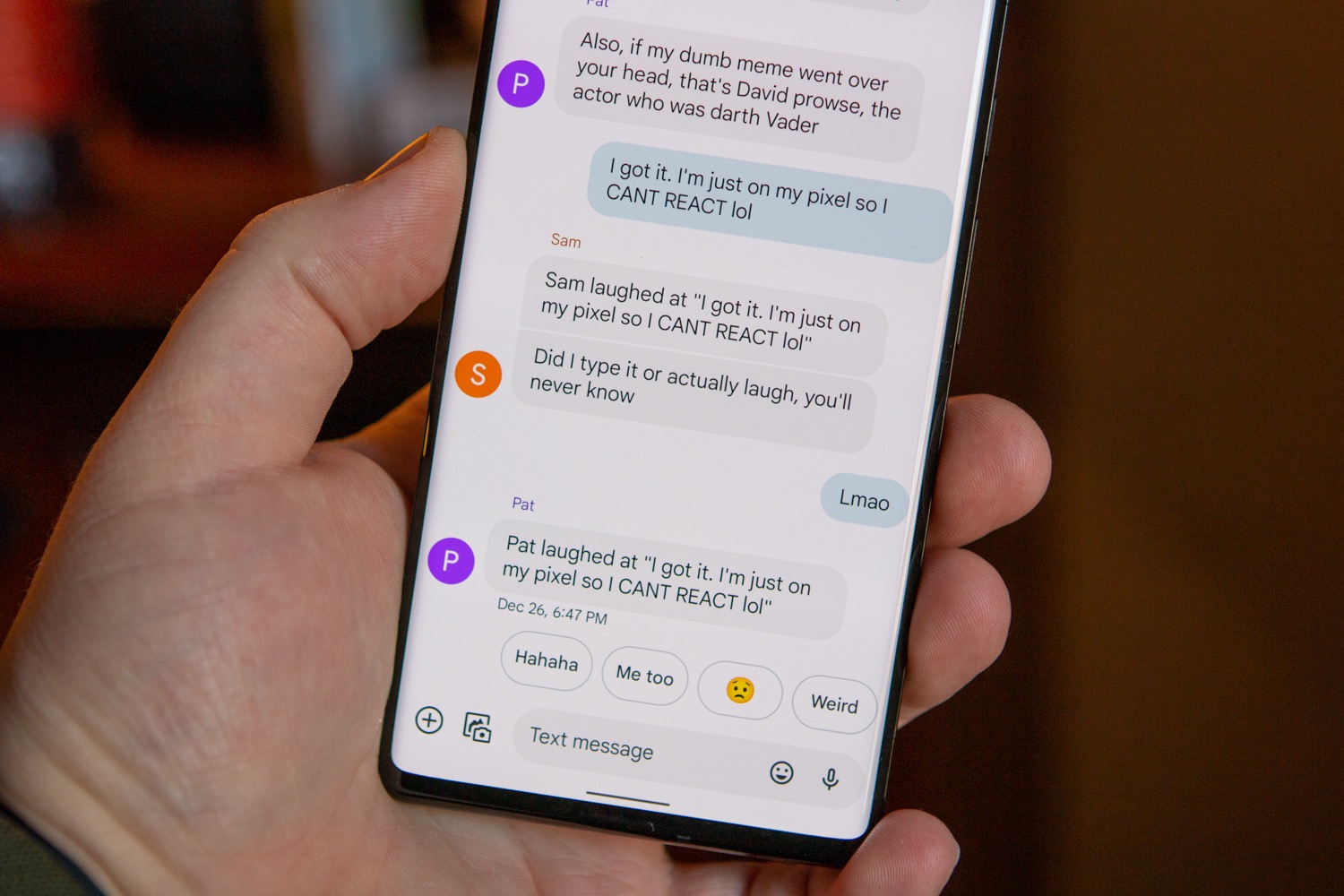












![Apple Unveils Powerful New Accessibility Features for iOS 19 and macOS 16 [Video]](https://www.iclarified.com/images/news/97311/97311/97311-640.jpg)
![Apple Working on Brain-Controlled iPhone With Synchron [Report]](https://www.iclarified.com/images/news/97312/97312/97312-640.jpg)
![Samsung's New Galaxy S25 Edge Takes Aim at 'iPhone 17 Air' [Video]](https://www.iclarified.com/images/news/97276/97276/97276-640.jpg)
![Apple to Launch AI-Powered Battery Saver Mode in iOS 19 [Report]](https://www.iclarified.com/images/news/97309/97309/97309-640.jpg)


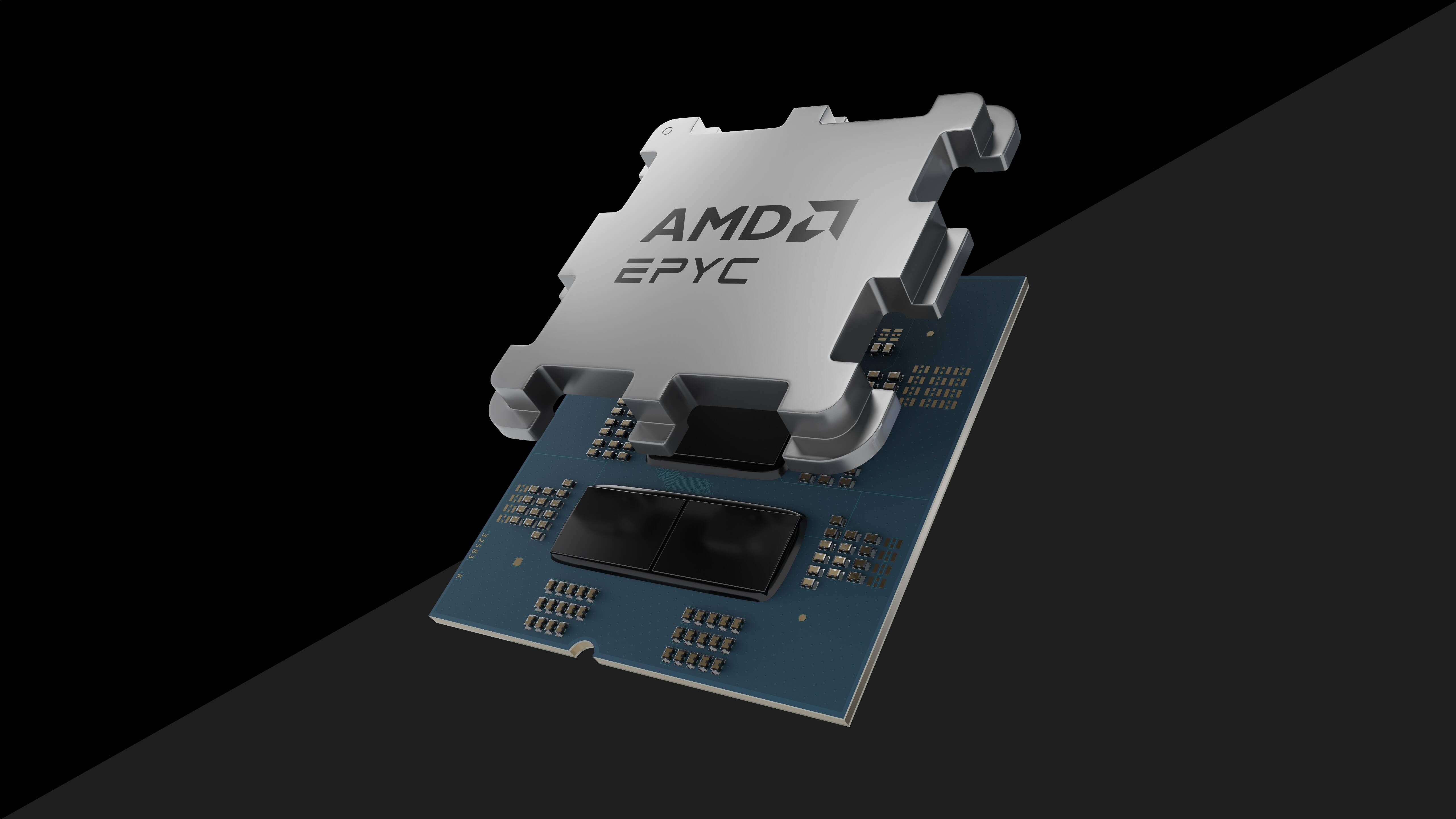


















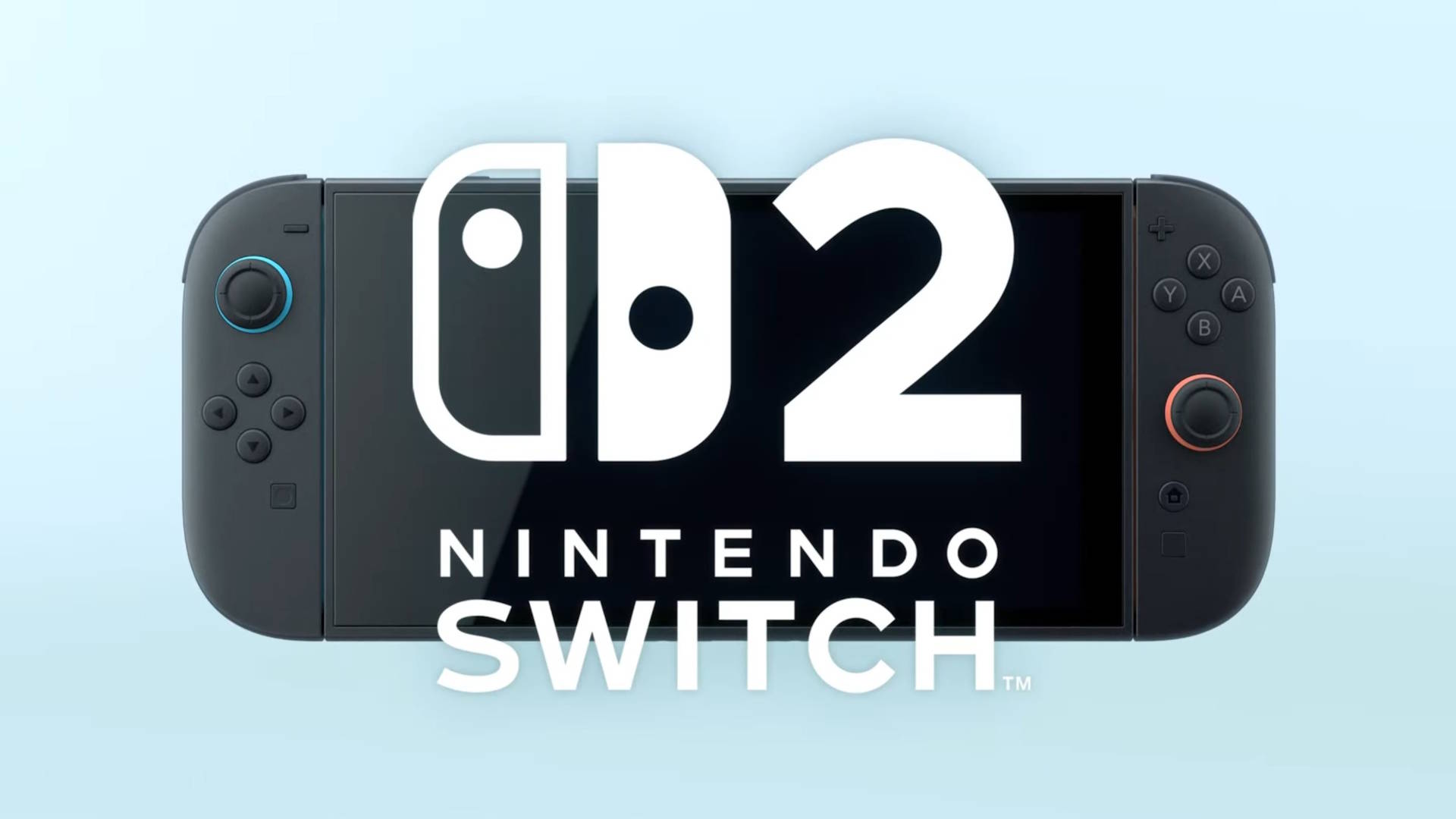


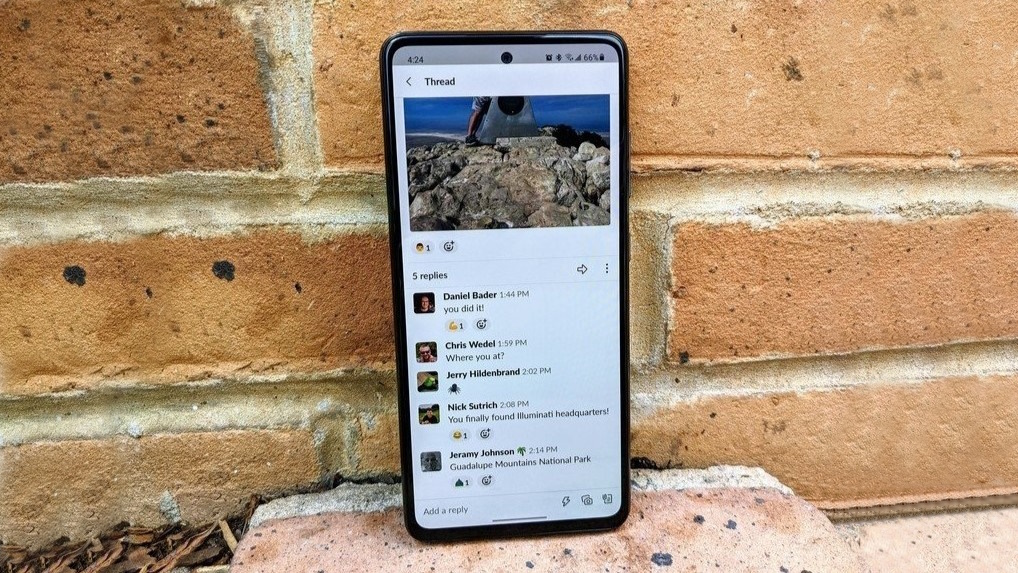
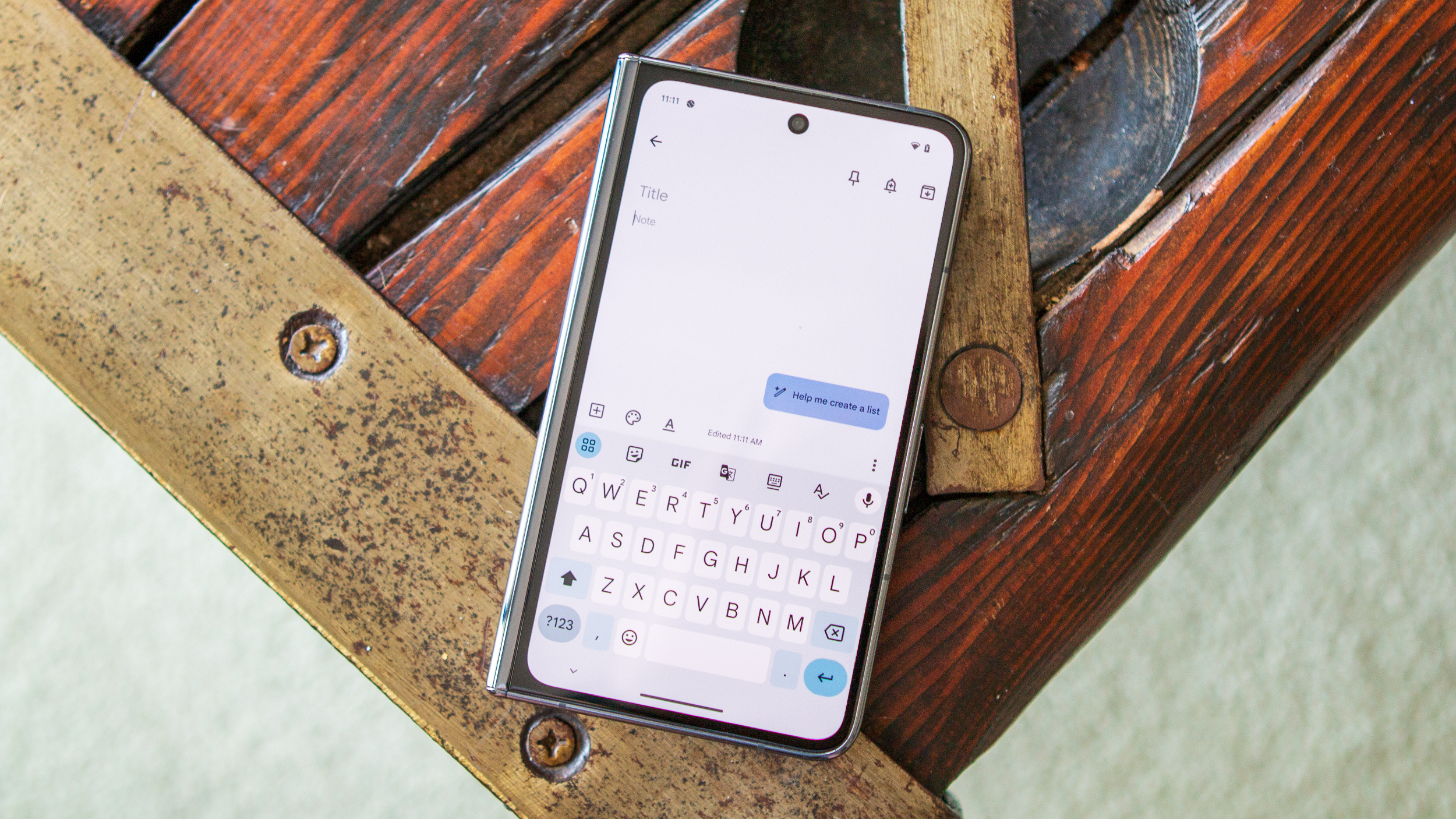
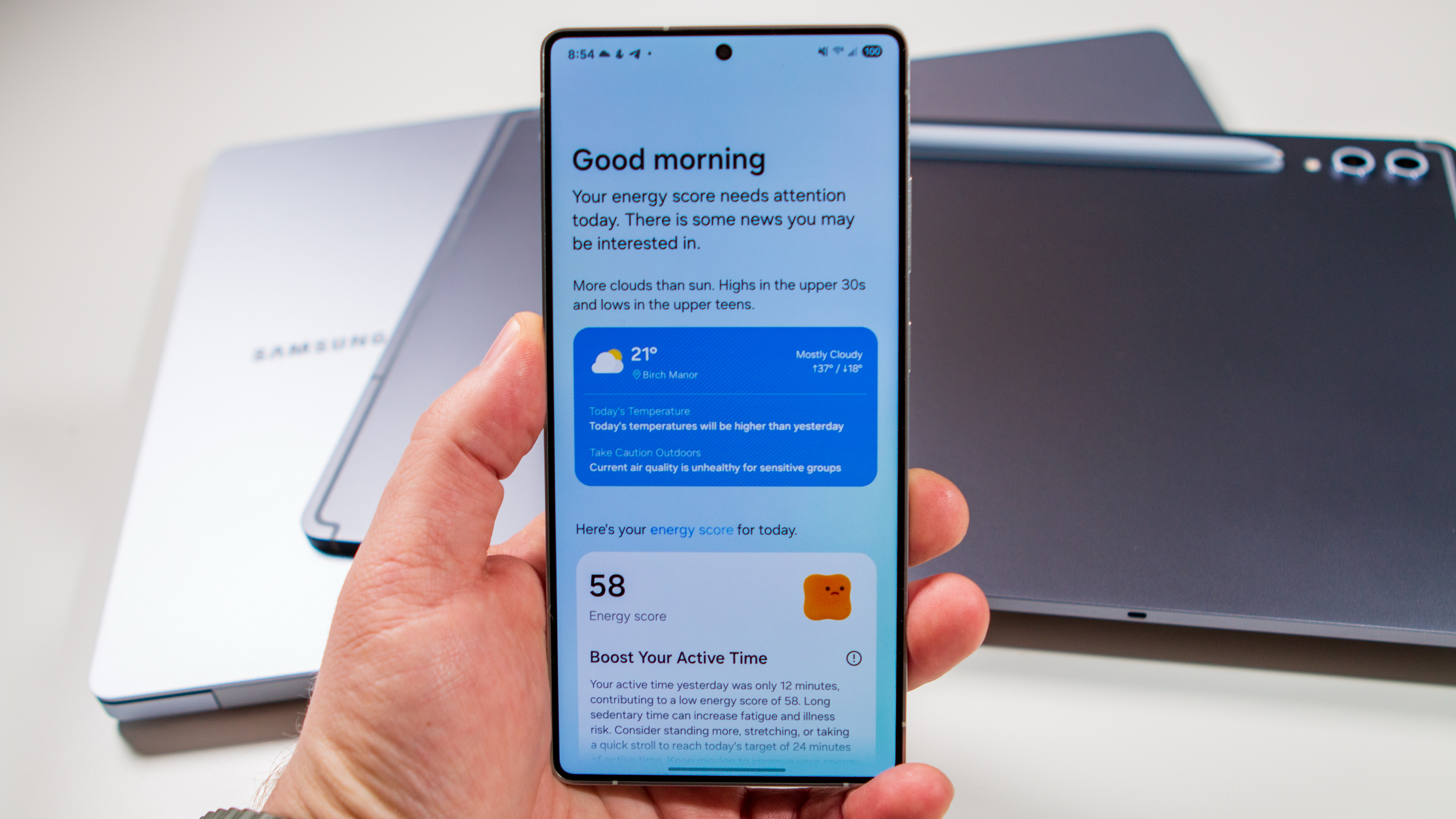

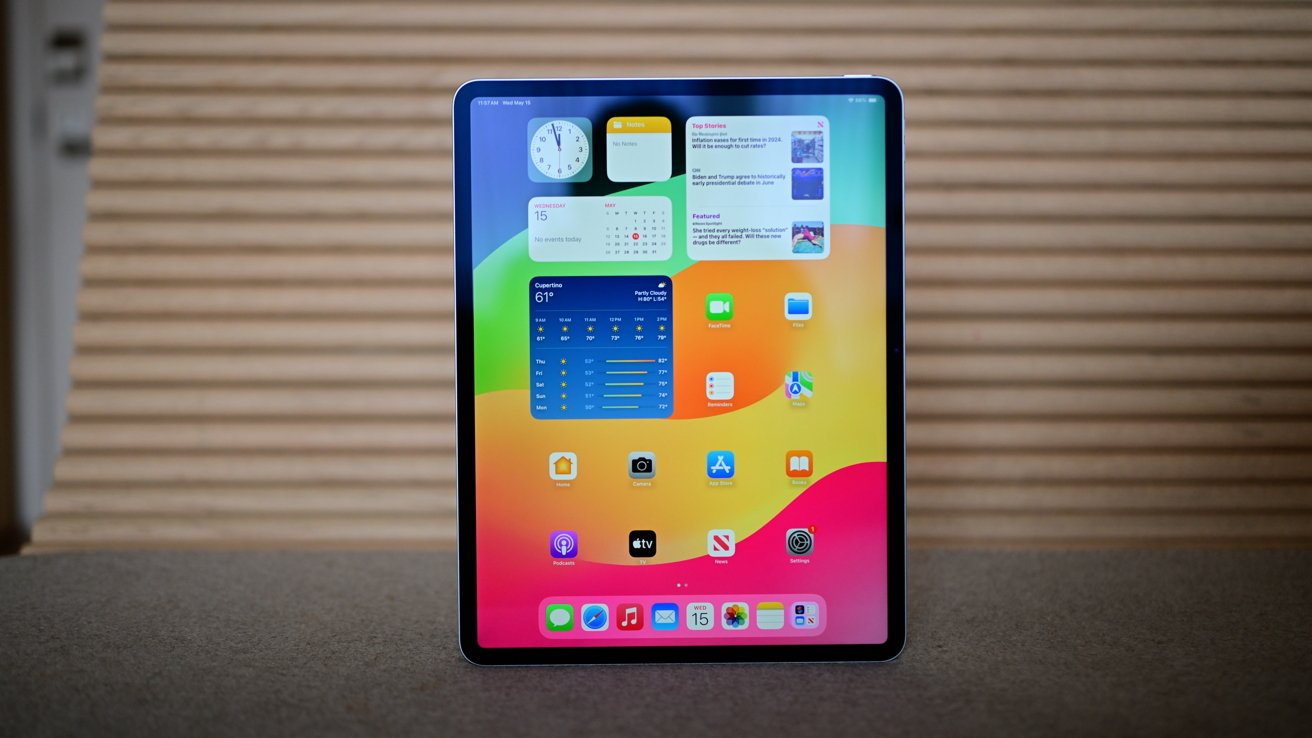
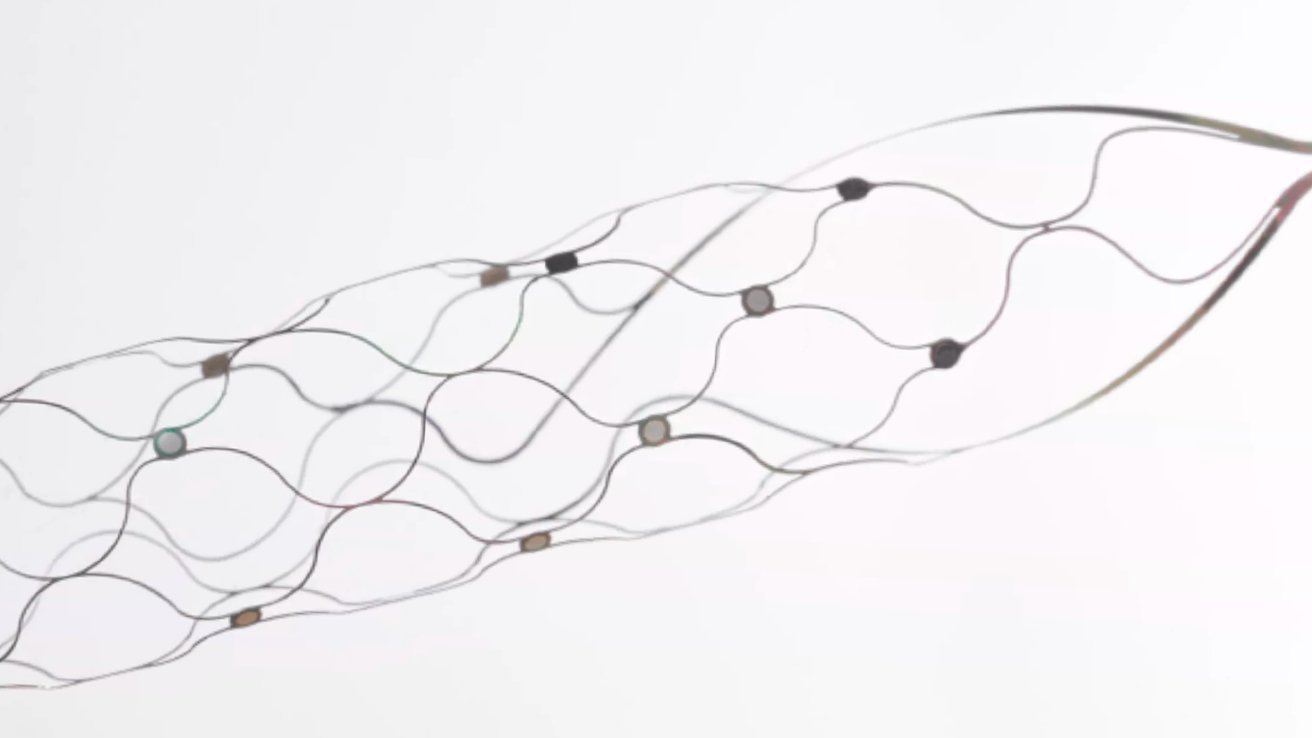
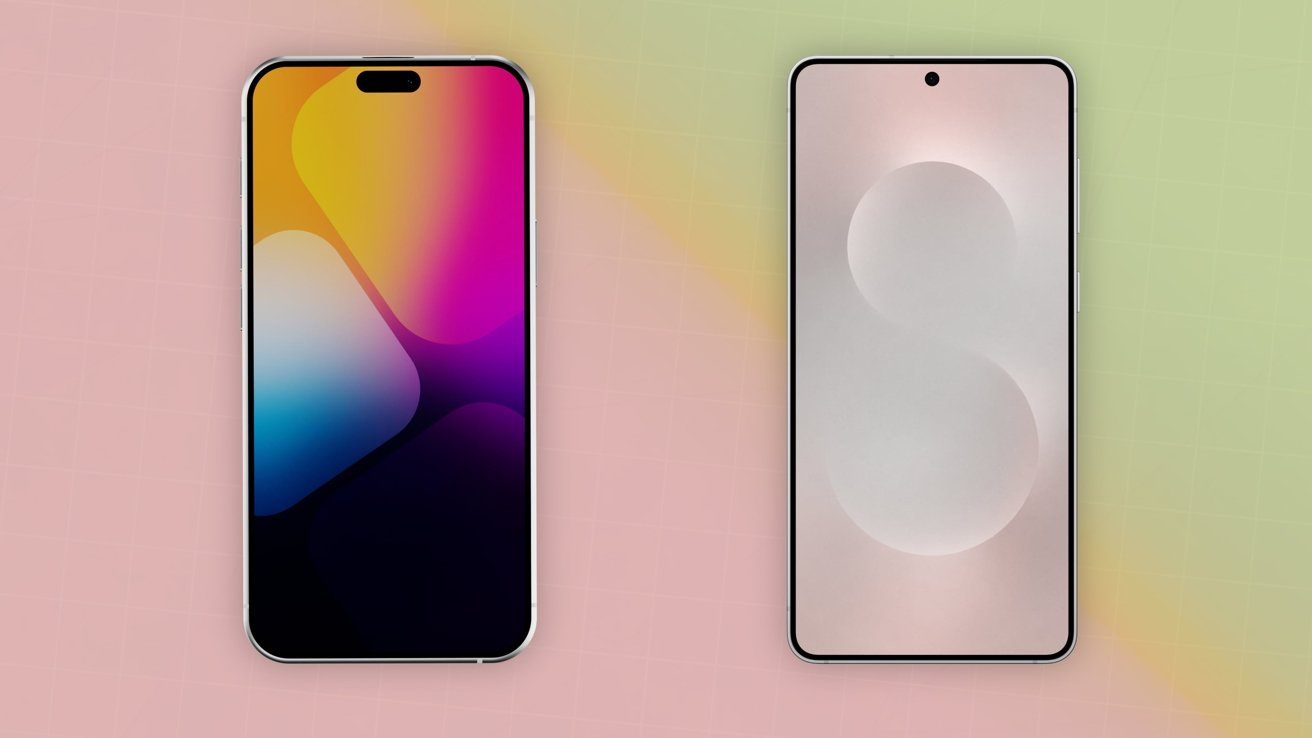
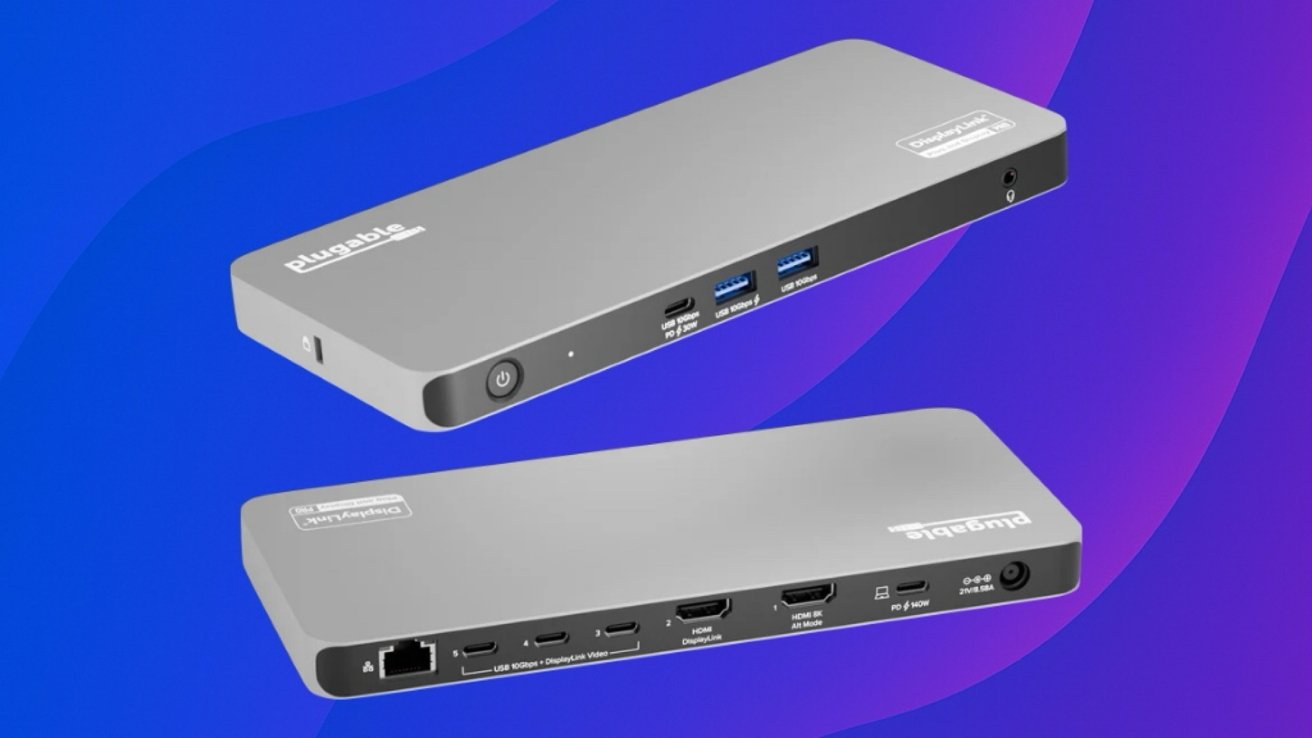

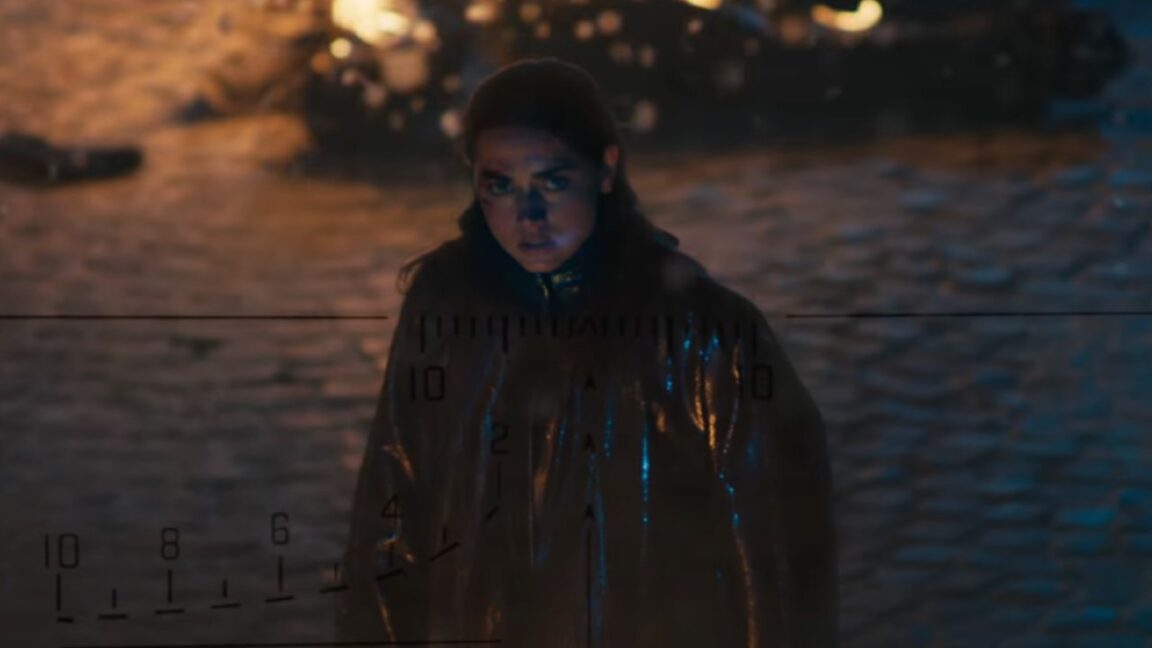

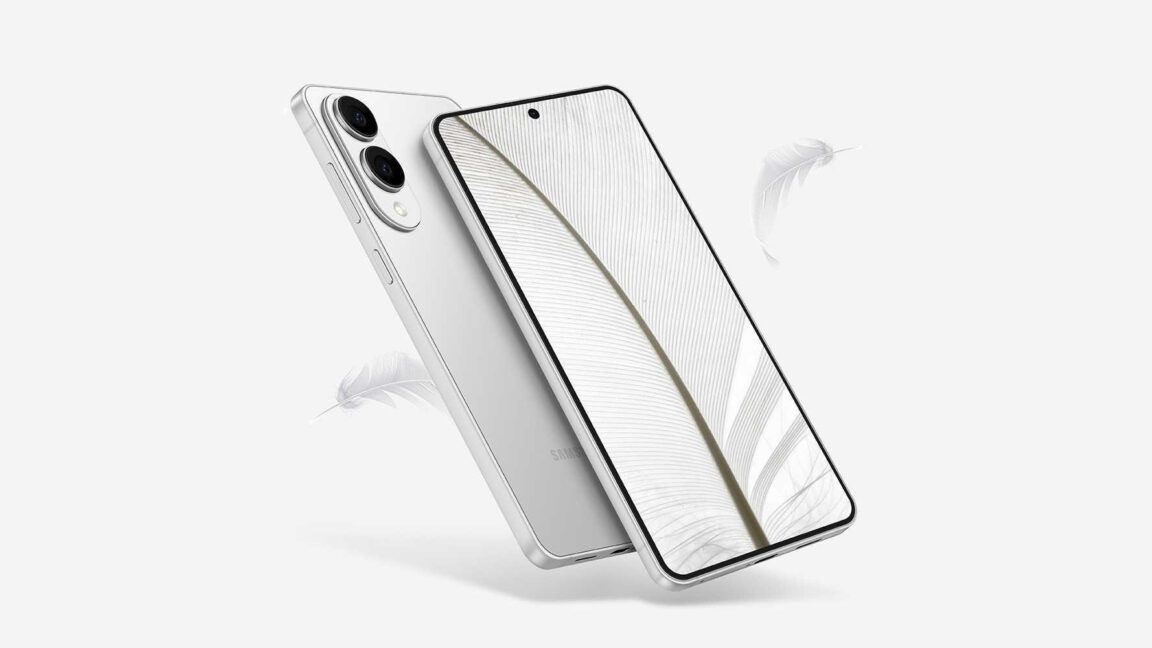


















































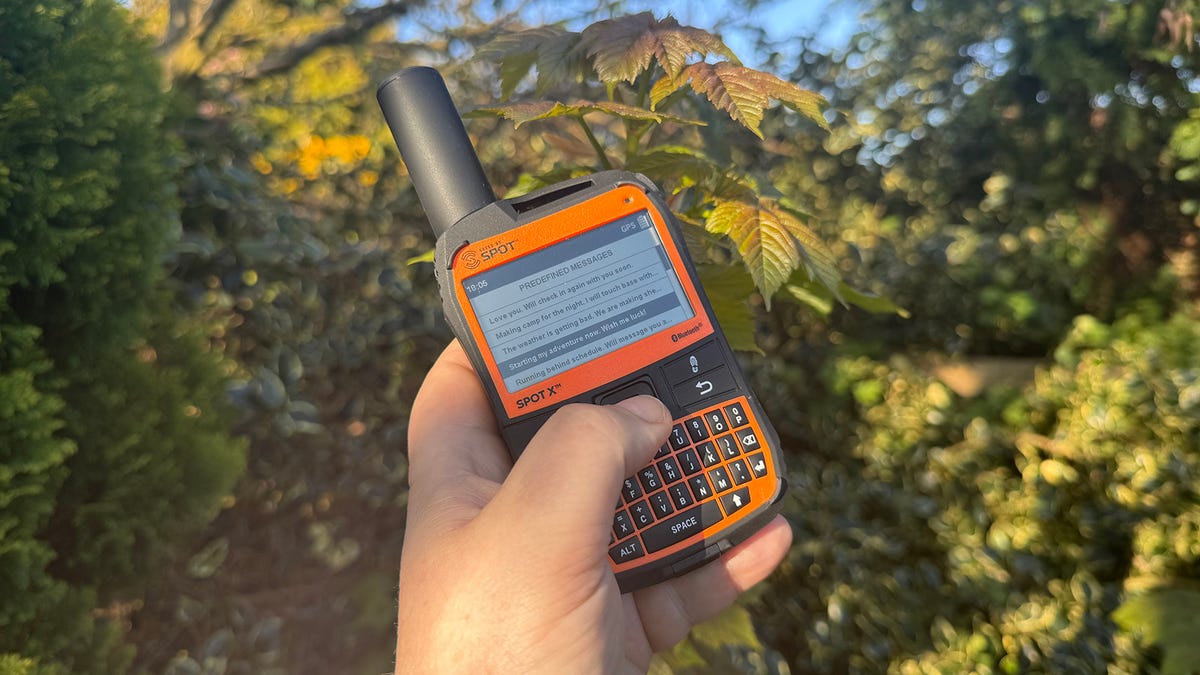
























































































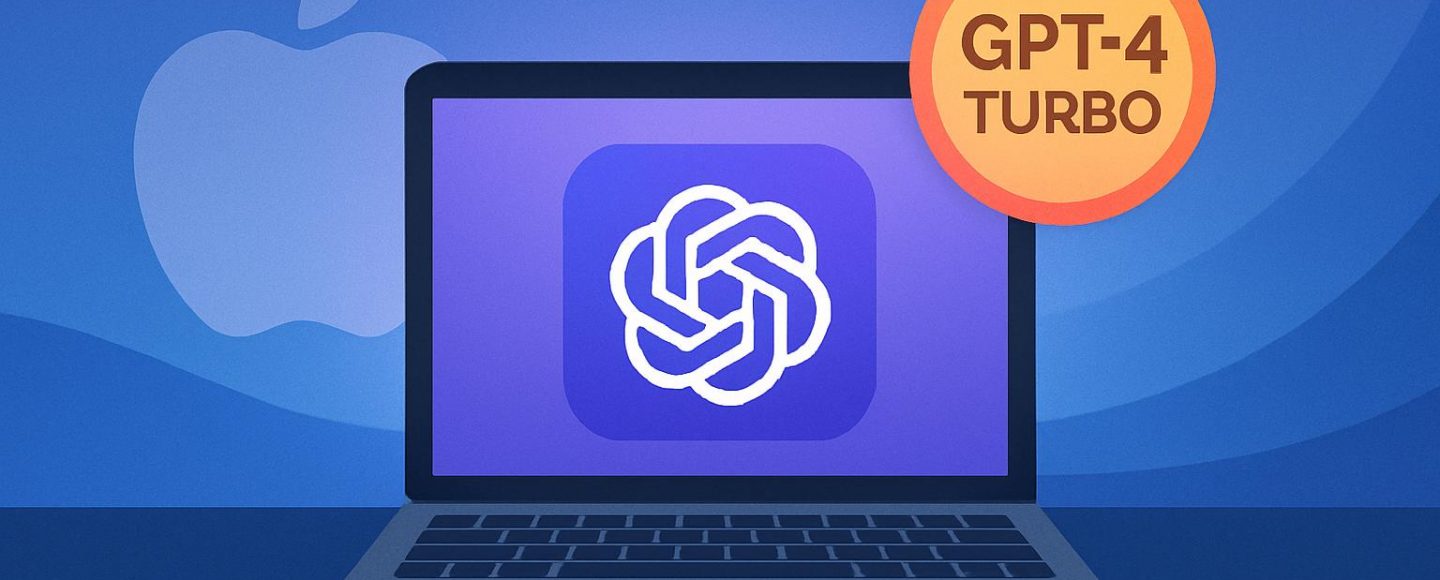
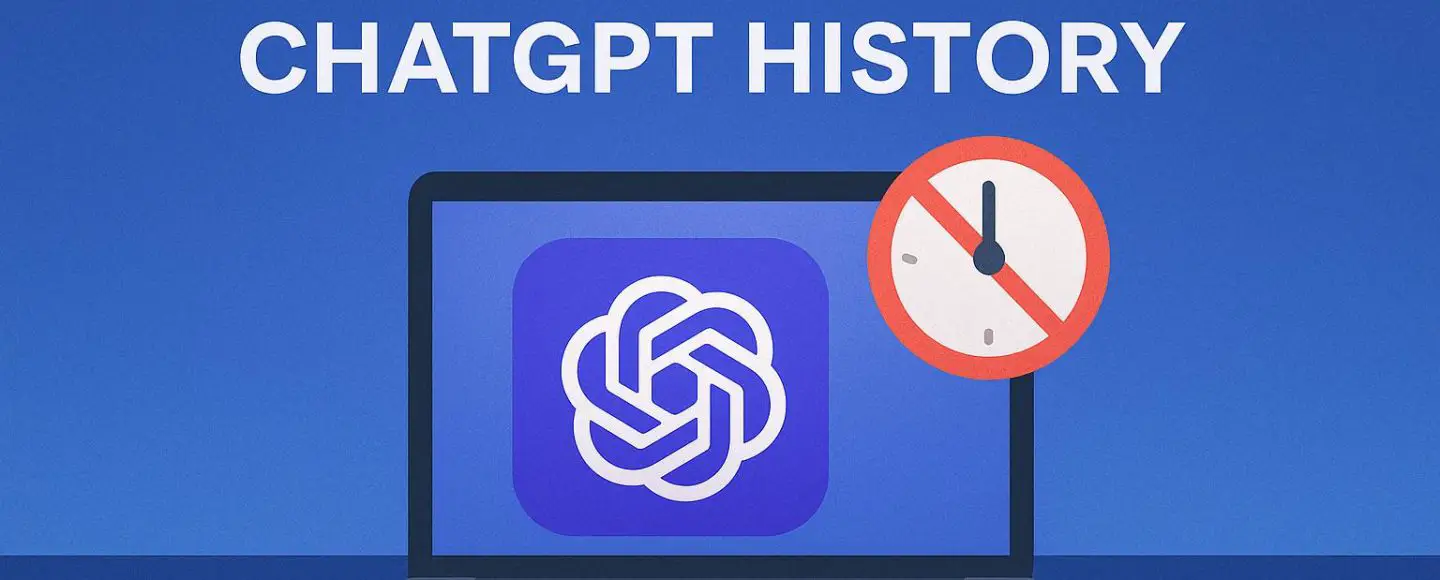
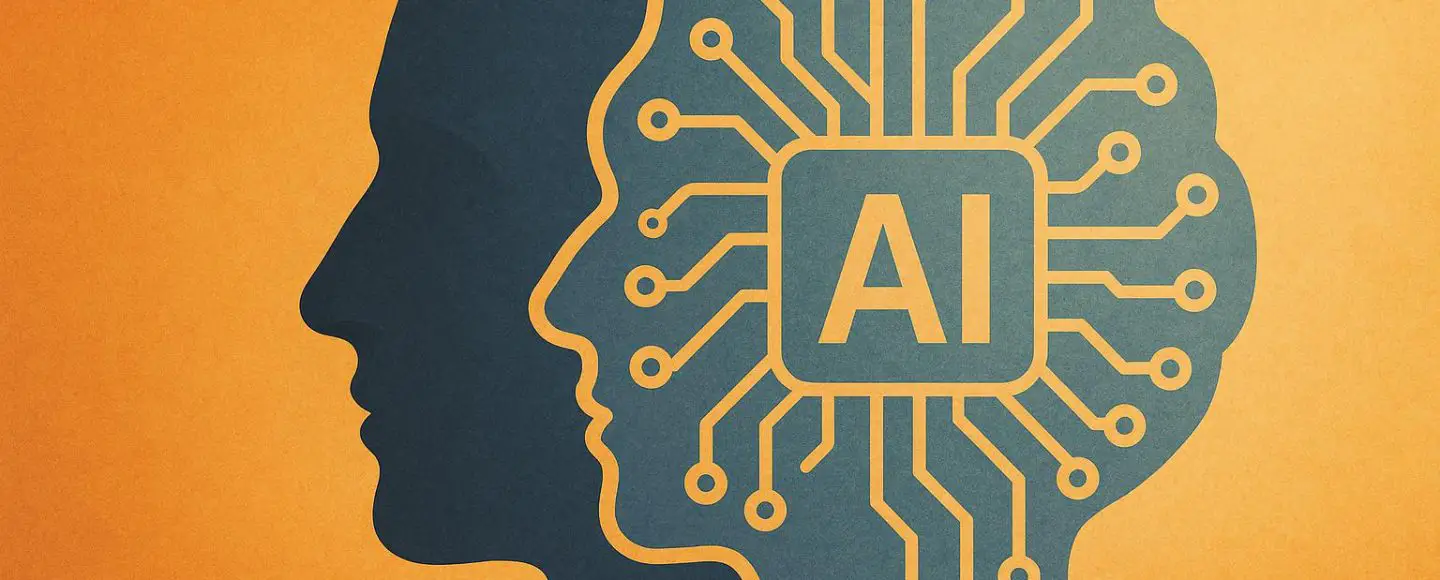




















































![[The AI Show Episode 147]: OpenAI Abandons For-Profit Plan, AI College Cheating Epidemic, Apple Says AI Will Replace Search Engines & HubSpot’s AI-First Scorecard](https://www.marketingaiinstitute.com/hubfs/ep%20147%20cover.png)



























































































































































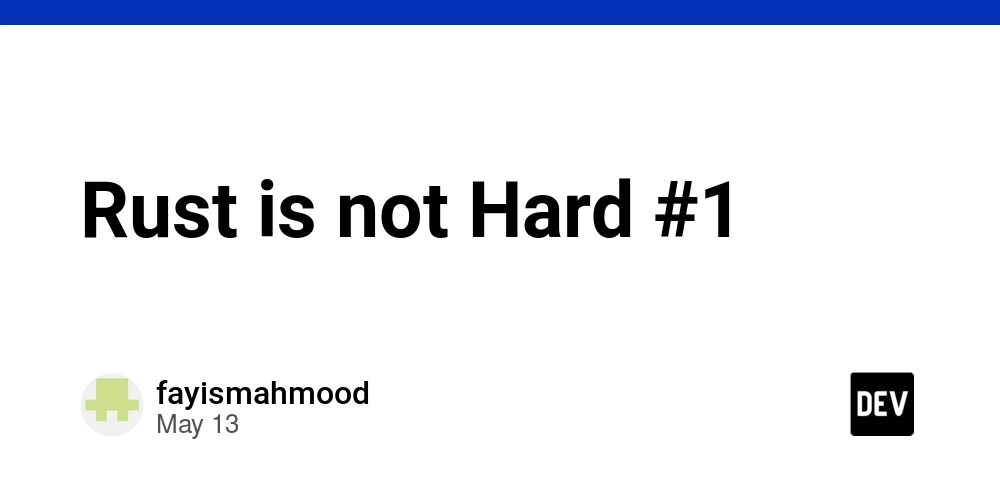
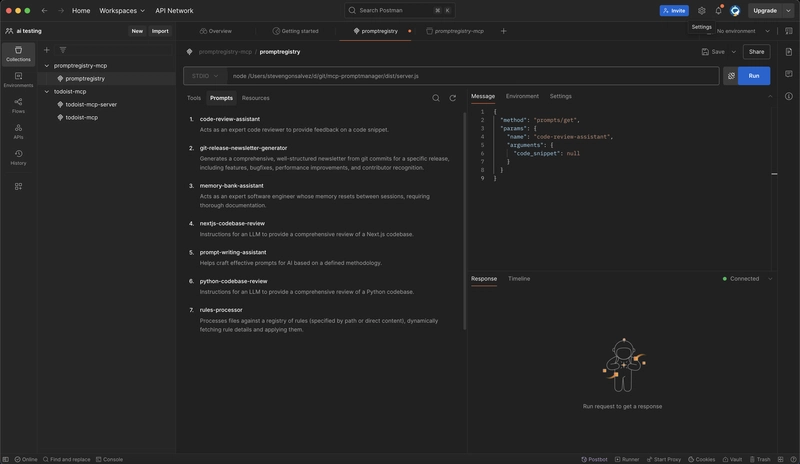
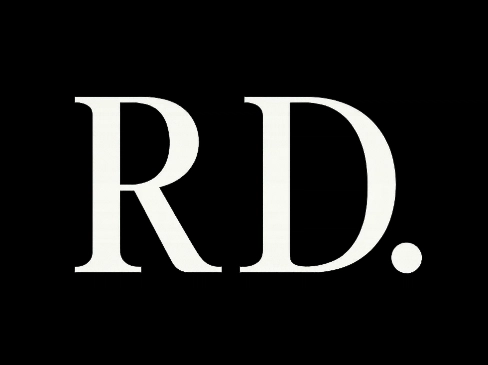



![Ditching a Microsoft Job to Enter Startup Purgatory with Lonewolf Engineer Sam Crombie [Podcast #171]](https://cdn.hashnode.com/res/hashnode/image/upload/v1746753508177/0cd57f66-fdb0-4972-b285-1443a7db39fc.png?#)













































